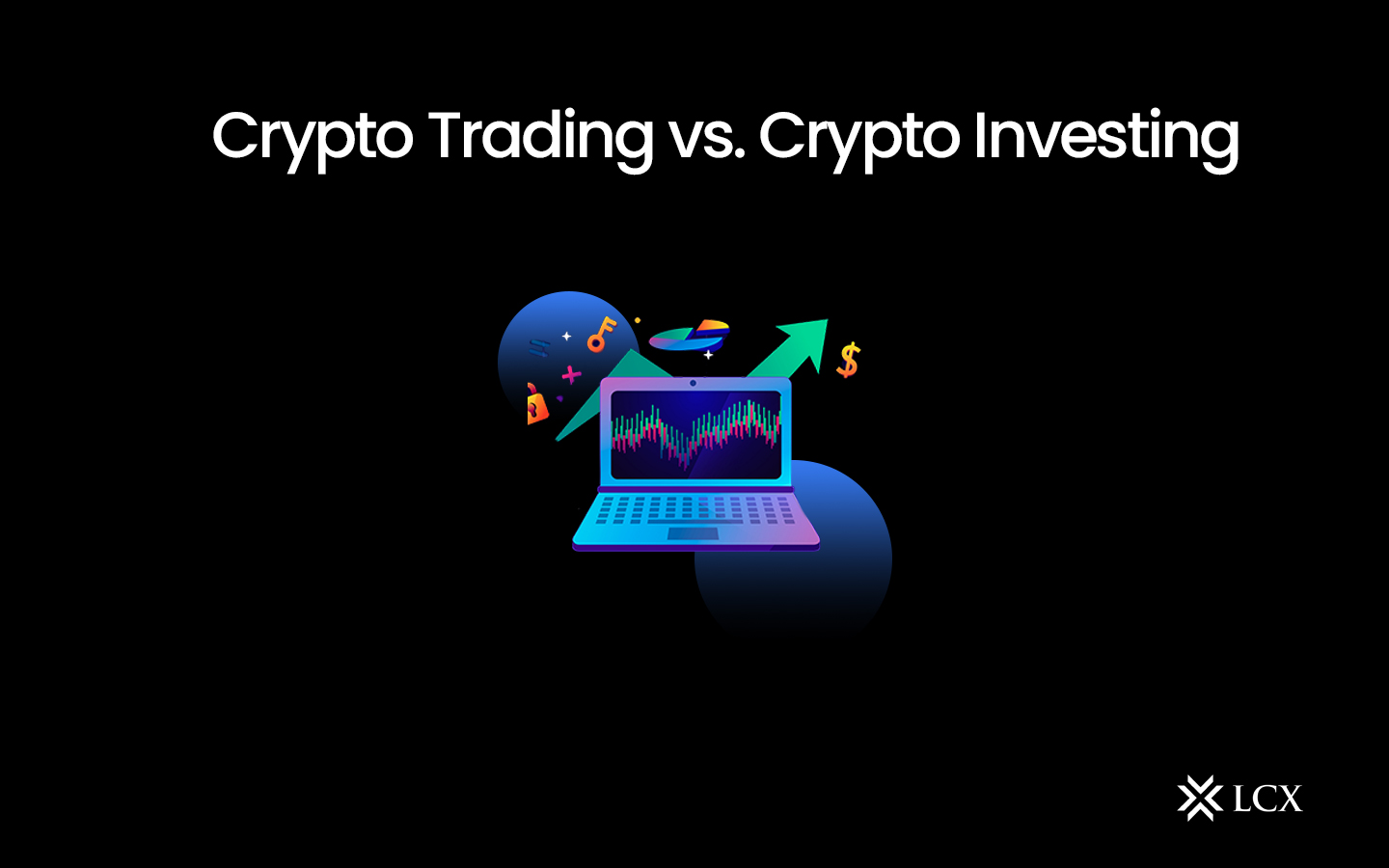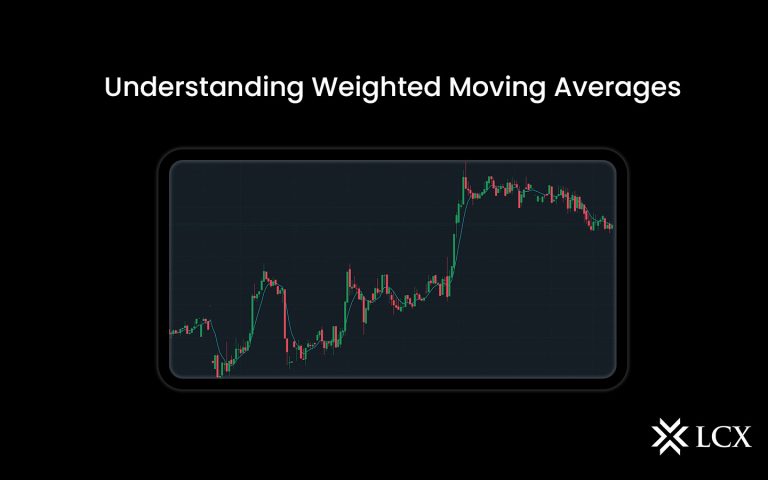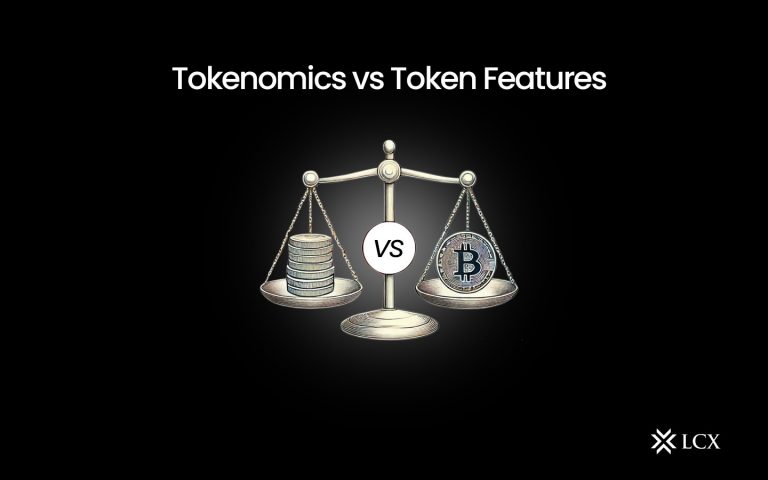In the ever-evolving landscape of financial markets, cryptocurrencies have emerged as a disruptive force, capturing the attention of investors and traders alike. However, the strategies employed in the crypto space can vary significantly, with two prominent approaches standing out: crypto trading and crypto investing. While both aim to capitalize on the potential of digital assets, they differ fundamentally in their objectives, timelines, and risk profiles.
What Is Cryptocurrency Trading?
Crypto trading, akin to traditional trading, revolves around the concept of short-term price fluctuations. Traders engage in the swift buying and selling of cryptocurrencies, aiming to profit from rapid market movements. This strategy requires a deep understanding of technical analysis, chart patterns, and market indicators. The trader’s focus lies in exploiting even the minutest price differentials, often measured in minutes, hours, or a few days.
The volatility of the crypto market presents both opportunities and challenges for traders. On the one hand, swift price swings can generate substantial gains in a short span. On the other hand, the same volatility exposes traders to heightened risk, as the market’s unpredictability can lead to losses just as quickly. Successful crypto traders are adept at managing risk through strategies like stop-loss orders and position sizing.
Crypto trading requires a comprehensive set of skills, including analytical acumen, emotional discipline, and real-time decision-making. It’s a fast-paced, high-stakes endeavor that demands constant monitoring of market developments and technological advancements.
Similar to trading in conventional financial assets, cryptocurrency trading involves predicting price movements and speculating on the future of digital currencies such as Bitcoin (BTC), Ether (ETH), and XRP (XRP). The majority of trading entails “timing the market,” or buying and selling assets based on forecasts of the optimal entry and exit locations. For decision-making purposes, traders monitor market news and technical analysis indicators.
The following are some crypto trading strategies employed by cryptocurrency traders:
Arbitrage: Arbitrage is a trading strategy that capitalizes on the price differences of an asset on various exchanges. By rapidly buying and selling assets between exchanges, traders can swiftly profit from small price differences.
Day trading: Day traders incessantly monitor the market for intraday price fluctuations in order to secure daily profits and close their trades before nightfall. Each transaction may last from minutes to hours.
Swing trading: Swing traders capitalize on the rapid price fluctuations of cryptocurrencies, with a typical trade extending from one day to two weeks. Swing traders use technical analysis to identify substantial price direction changes within this brief time frame.
Position trading: Position trading is a form of trading that is also oriented towards investment. It is comparable to swing trading, but it requires extensive analysis of long-term trends and patterns and typically lasts several months to several years.
Scalping: Scalping is a high-frequency trading strategy that entails executing multiple trades in a short amount of time to capitalize on small price fluctuations. As the most active market participants, scalpers execute rapid transactions with minute- or even second-long holding periods to “skim” a profit without incurring significant risk.
Benefits of Crypto Trading:
Quick Profits: Crypto trading offers the potential for rapid gains due to the frequent price swings in the market. Skilled traders can exploit both upward and downward trends for profit.
Flexibility: Traders have the flexibility to adapt to changing market conditions and quickly adjust their strategies based on emerging opportunities or risks.
Skill Development: Engaging in crypto trading hones skills such as technical analysis, risk management, and decision-making under pressure.
Liquidity: The cryptocurrency market operates 24/7, allowing traders to enter and exit positions at any time, unlike traditional financial markets.
Challenges of Crypto Trading:
High Risk: The volatile nature of cryptocurrencies can lead to significant losses if trades are not executed with precision. The market can turn rapidly against traders.
Intense Stress: The constant monitoring of price movements and the pressure to make split-second decisions can take a toll on mental well-being.
Skill Requirement: Successful crypto trading demands a steep learning curve, as traders need to grasp technical analysis, chart patterns, and trading indicators.
Regulatory Uncertainty: The regulatory landscape for cryptocurrencies is evolving, and traders must navigate potential legal and compliance challenges.
What Is Cryptocurrency Investing?
In contrast to trading, crypto investing adopts a more patient approach. Investors in the crypto space focus on identifying projects with strong fundamentals and long-term growth potential. Instead of seeking quick profits from price fluctuations, they aim to capitalize on the transformative potential of blockchain technology and the adoption of specific cryptocurrencies.
Crypto investing involves diligent research into the technological underpinnings, team expertise, and market relevance of a project. A thorough analysis of white papers, use cases, and partnerships is imperative before committing capital. Once invested, the long-term horizon requires investors to withstand short-term market turbulence, emphasizing a “buy and hold” mentality.
The risk profile of crypto investing is distinct from trading. While long-term investors are less exposed to immediate market volatility, they face risks related to regulatory changes, technological shifts, and project failures. A prudent investor must continuously assess their portfolio, ensuring alignment with evolving market trends.
Also referred to as “hodling,” a derivative of “hold” and “hold on for dear life,” investing in cryptocurrencies is a more long-term commitment compared to crypto trading. As such, crypto investors are less concerned with short-term market fluctuations and pay more attention to the fundamentals of the crypto assets they purchase.
Some crypto investing strategies investors employ are:
Hodl: As mentioned, hodling mainly involves buying and holding crypto assets indefinitely. The underlying principle is that cryptocurrency prices are bound to rise over time.
Dollar-cost averaging: Investors who use this approach purchase cryptocurrency in small amounts at regular intervals, regardless of market fluctuations. Theoretically, this approach helps average out prices over time and reduce the impact of volatility on one’s investment portfolio.
Value investing: Value investing involves identifying undervalued cryptocurrencies with solid fundamentals and huge potential. By buying low, investors are banking on the asset’s potential increase in value.
Growth investing: Growth investors invest in new assets that are expected to grow exponentially in the future in the hope of increasing their capital.
Index fund investing: Cryptocurrency index funds are designed to allow investors to access a wide range of digital currencies. They are structured like exchange-traded funds (ETFs) and mutual funds in that they hold a basket of different assets.
Benefits of Crypto Investing:
Long-Term Growth: Investors aim to benefit from the substantial growth potential of cryptocurrencies as the technology matures and gains mainstream adoption.
Reduced Stress: Compared to trading, investing is less stressful, as it involves fewer transactions and less constant monitoring of price movements.
Diversification: Cryptocurrency portfolios can be diversified with different assets, reducing the impact of poor performance from a single coin.
Passive Income: Some cryptocurrencies offer to stake or yield farming opportunities, allowing investors to earn passive income over time.
Challenges of Crypto Investing:
Market Uncertainty: While long-term growth is the goal, the cryptocurrency market remains highly uncertain, with projects facing technological challenges and regulatory hurdles.
Patience Required: Successful crypto investing demands patience, as significant returns might take years to materialize.
Risk of Losses: Even with a long-term perspective, there’s a risk that chosen cryptocurrencies may not perform as expected, leading to losses.
Research Intensity: Investors need to thoroughly research projects, teams, and market trends to make informed decisions.
What Are the Key Differences Between Cryptocurrency Investing and Cryptocurrency Trading?
Despite their differences, investing and trading often go hand-in-hand. Traders can be investors, and vice-versa. However, knowing the difference is still crucial, especially for those looking to start their journey into the crypto market.
So, what is the difference between a cryptocurrency investor and a cryptocurrency trader? Generally speaking, investors purchase cryptocurrencies with sound fundamentals and expect the price to rise over time. On the other hand, traders take advantage of market volatility by holding their coins for a short period of time to maximize profits.
|
Investing |
Trading |
|
|
Time frame |
Long-term |
Short-term |
|
Trade frequency |
Low-frequency |
High-frequency |
|
Risk Profile |
Conservative/ Low-risk |
Risk taker/ High-risk |
|
Strategies |
Buy and hold, Dollar-cost averaging, Value investing, Growth investing, Index fund investing |
Arbitrage, Day trading, Swing trading, Position trading, Scalping |
It is important to note that while both trading and investing carry a certain level of risk, investors and traders can still be differentiated based on their risk profiles. Investors are usually more risk-averse and prefer to leave their investments on autopilot; they do not worry about daily price changes as much. On the other hand, traders thrive on taking risks and must have an excellent understanding of market volatility and conditions.
Conclusion
In the exciting world of cryptocurrencies, both trading and investing strategies offer distinct opportunities and challenges. Crypto trading can yield rapid profits, but it demands a high level of skill, constant monitoring, and a tolerance for risk. On the other hand, crypto investing involves a patient approach that seeks long-term growth potential, requiring in-depth research, belief in the underlying technology, and the ability to weather market fluctuations.
Ultimately, whether you choose to trade or invest in cryptocurrencies depends on your risk tolerance, time commitment, and financial goals. Some individuals might find success and satisfaction in the fast-paced world of trading, while others may prefer the more stable and strategic path of investing. Whichever path you choose, staying informed, continuously learning, and exercising caution will be key to navigating the ever-evolving landscape of digital finance.










